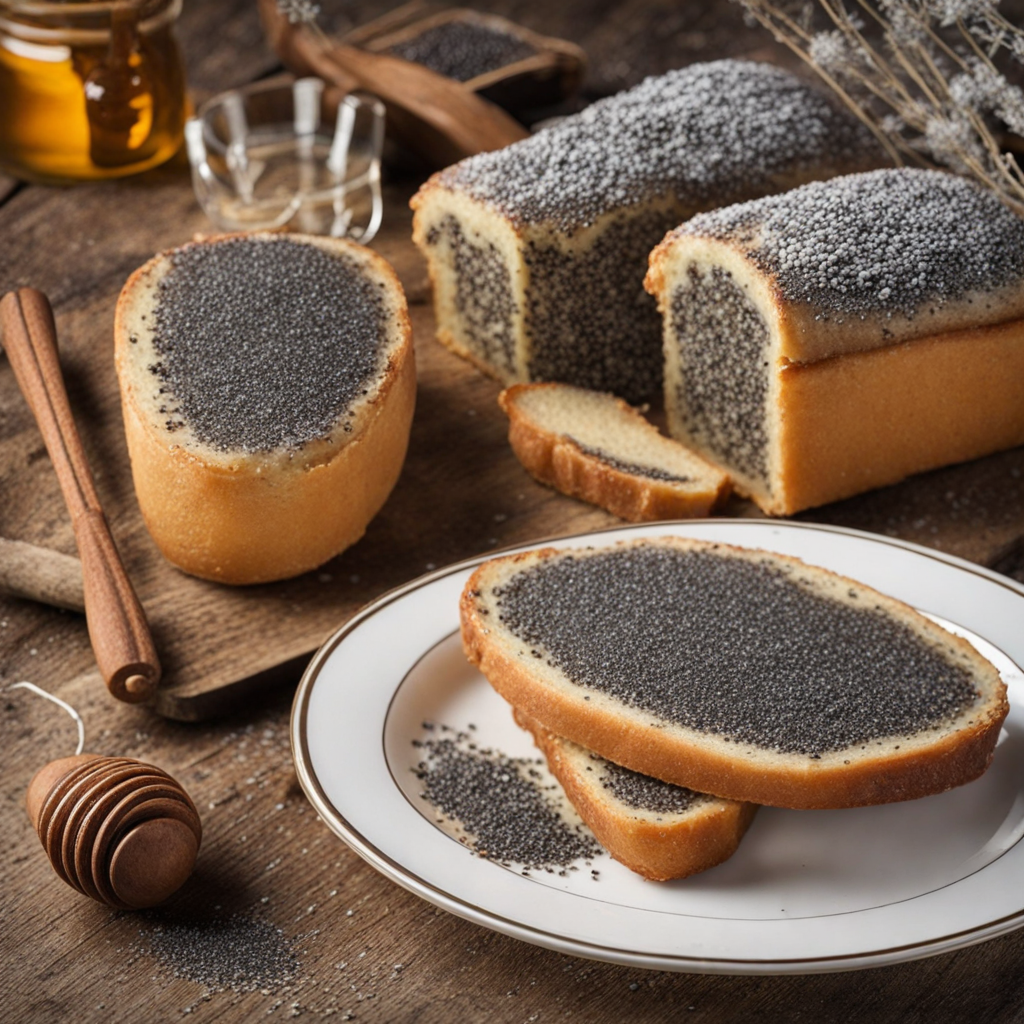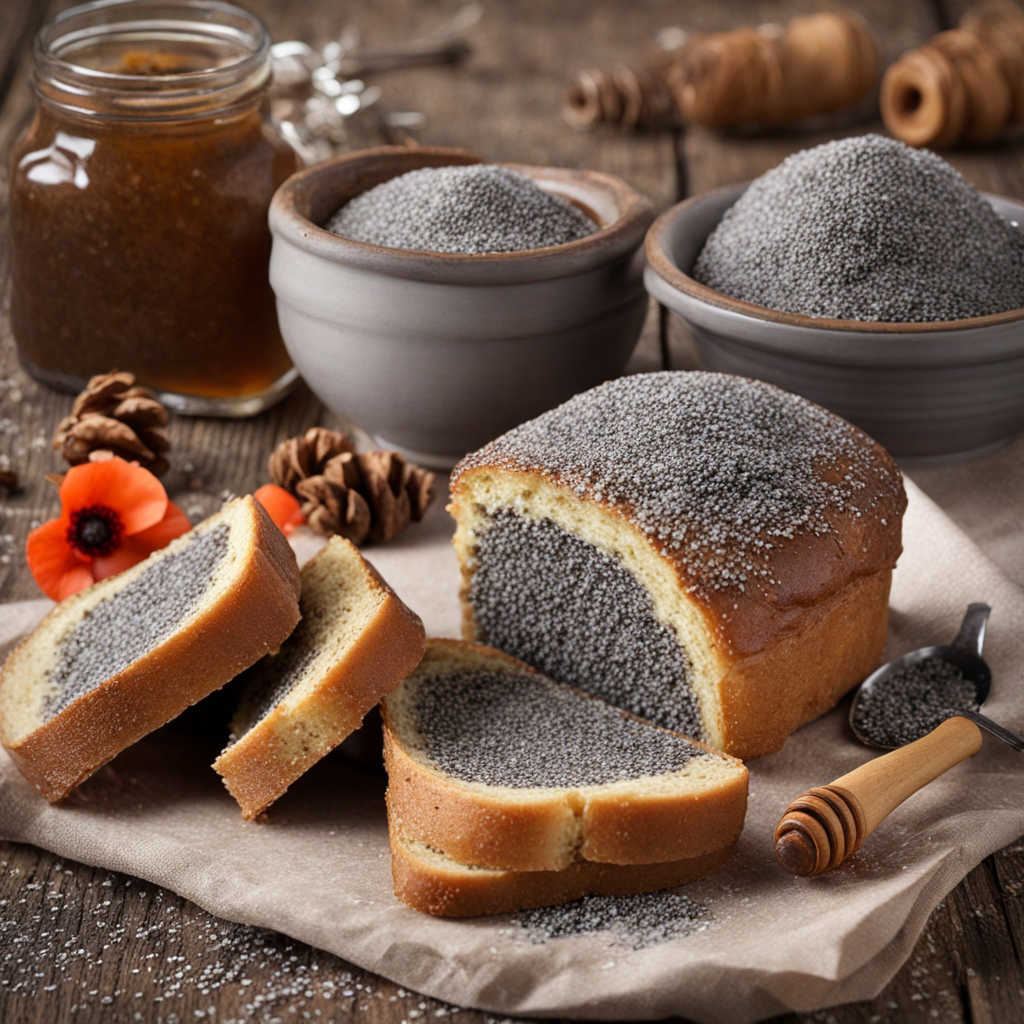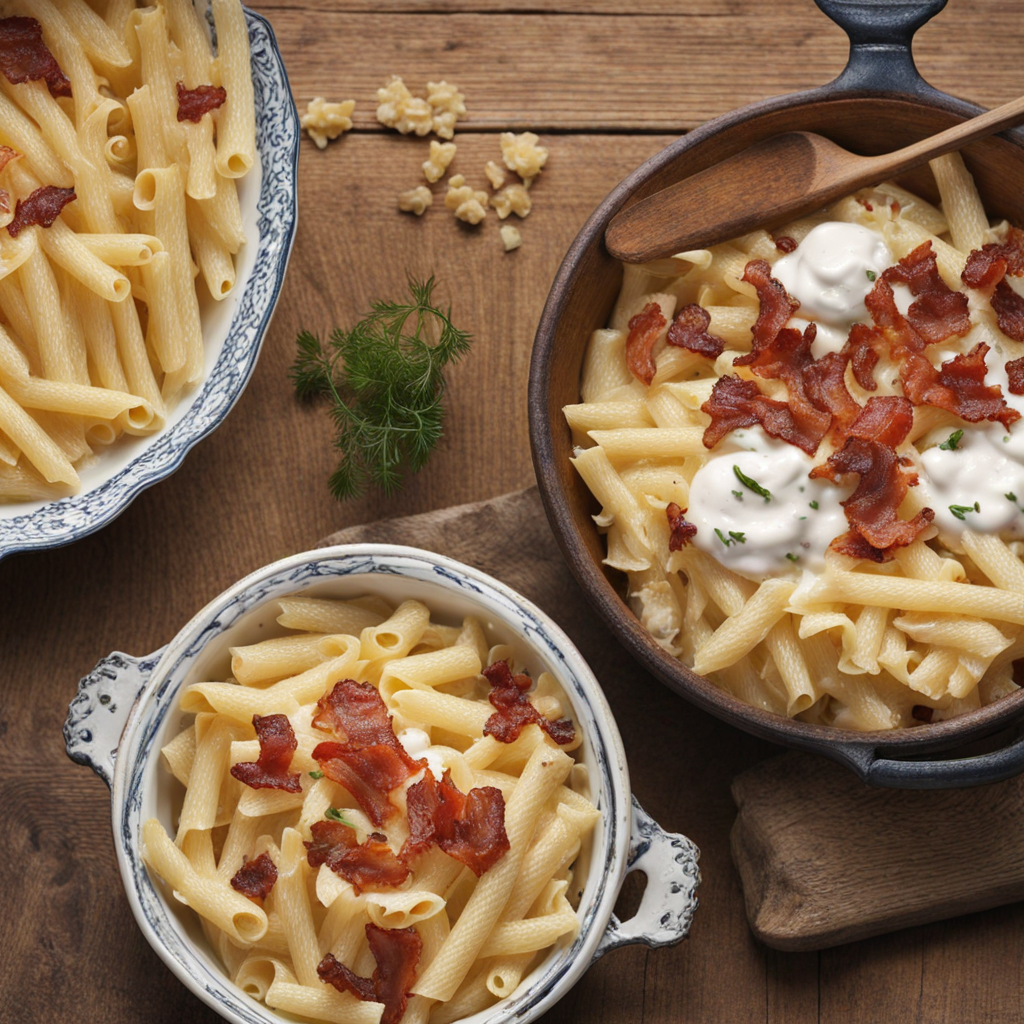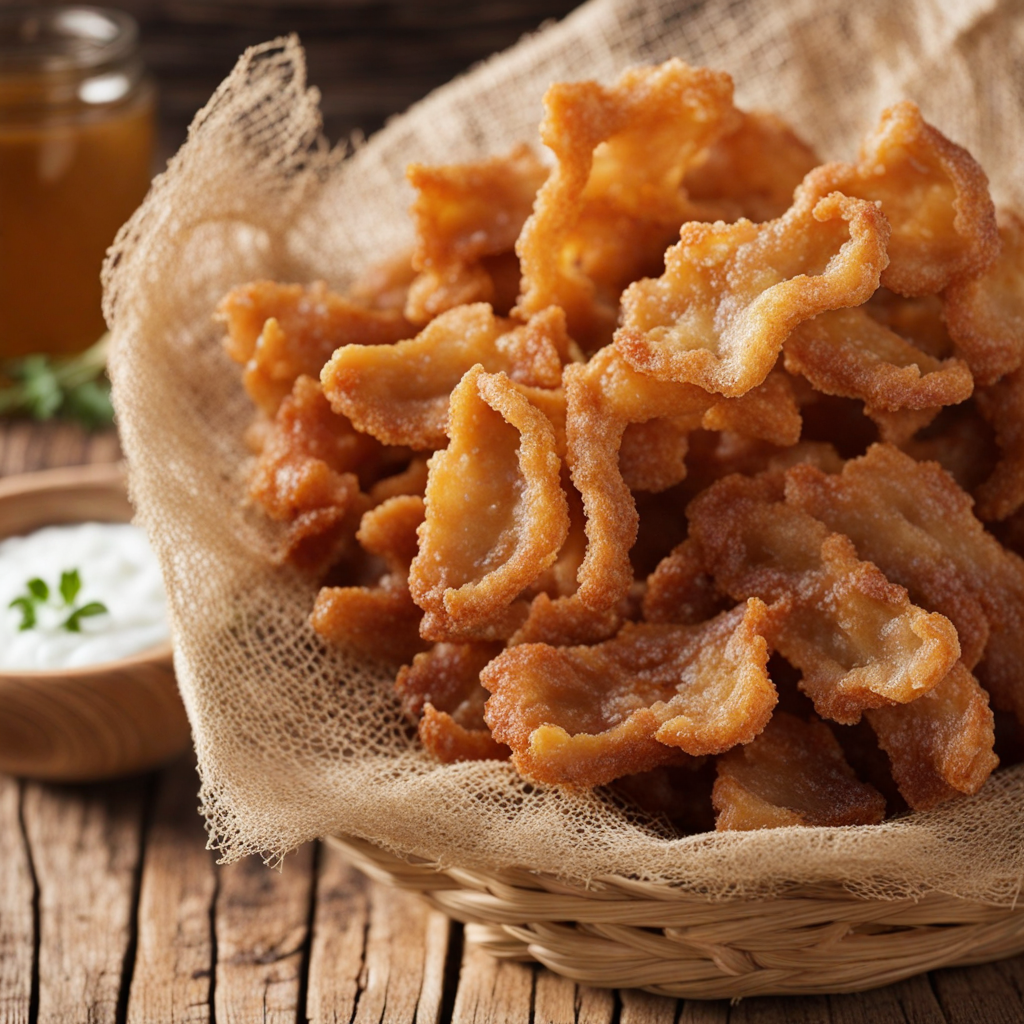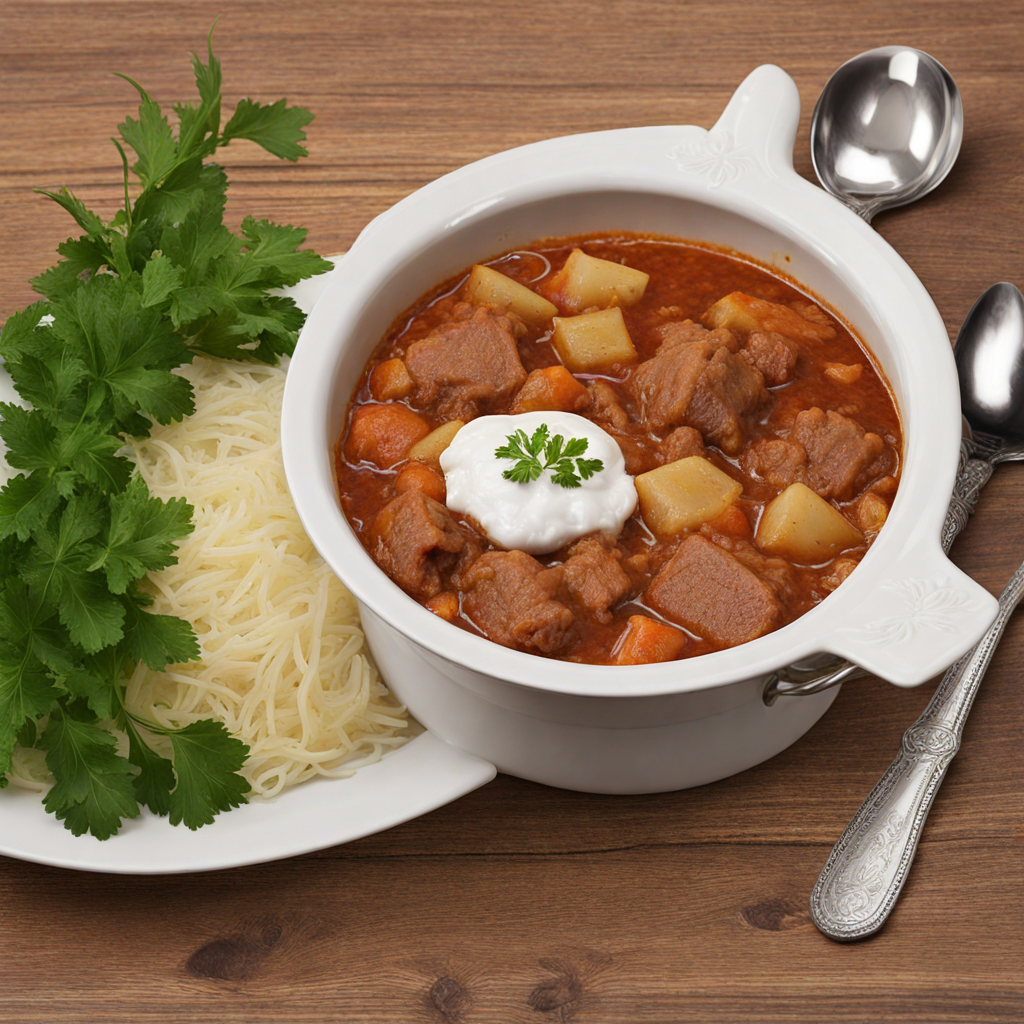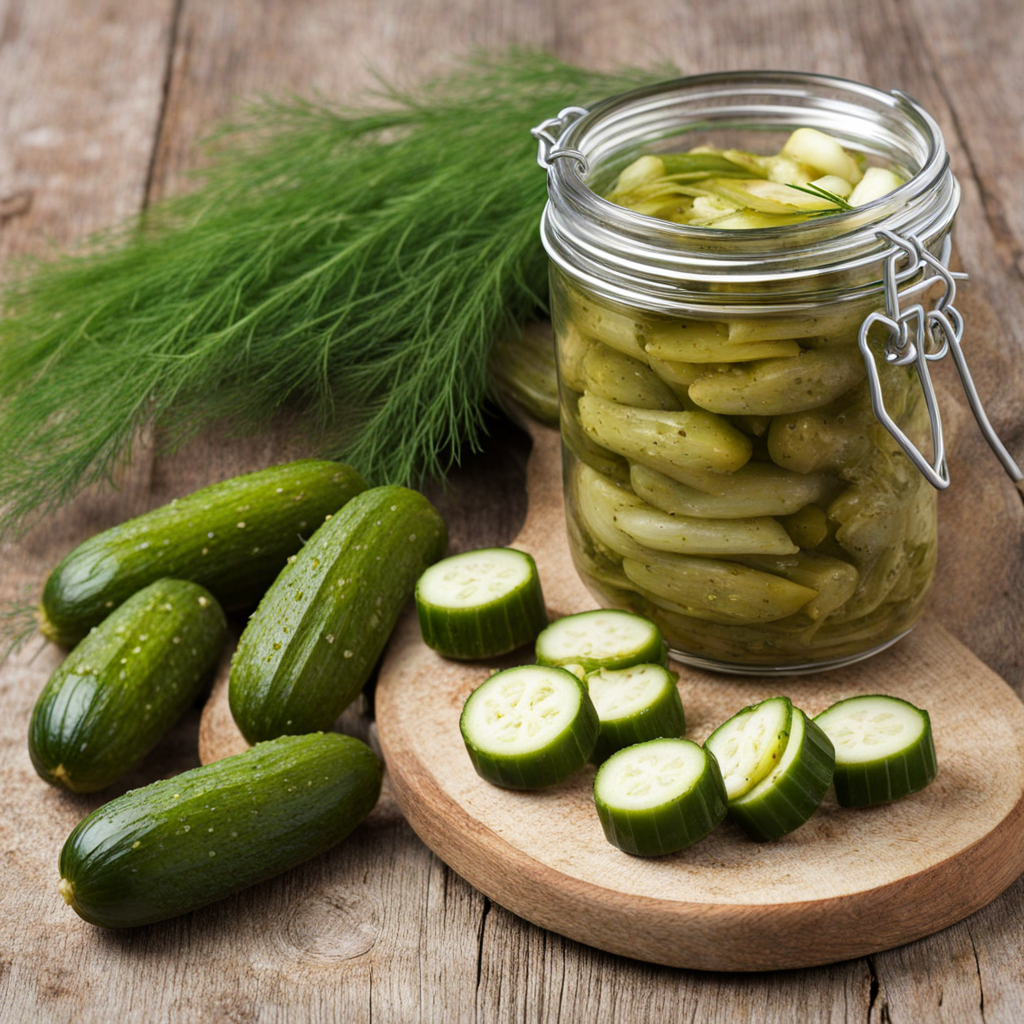Mákos Guba
Mákos Guba is a delightful Hungarian dessert that showcases the rich flavors of poppy seeds in a unique and comforting way. Traditionally made with leftover bread, this dish transforms stale rolls or bread into a sweet, custardy treat. The bread is cut into cubes and combined with a luscious mixture of milk, eggs, sugar, and a generous amount of finely ground poppy seeds, which lend a nutty, aromatic flavor to the dish. The result is a warm, pudding-like consistency that is both satisfying and indulgent, often enjoyed during special occasions and festive gatherings in Hungary. This dessert is typically baked until golden and slightly crisp on top, while remaining soft and moist on the inside. The interplay of textures—from the tender bread to the crunch of the poppy seeds—creates a delightful experience for the palate. Mákos Guba is often served with a dusting of powdered sugar or a drizzle of honey, which enhances its sweetness and adds a touch of elegance to the presentation. Some variations may include a hint of vanilla or a splash of rum for added depth of flavor. The cultural significance of Mákos Guba cannot be understated, as it represents a resourceful approach to food, turning leftovers into a sumptuous dessert. It reflects the essence of Hungarian cuisine, where simple ingredients are transformed into something extraordinary. For those looking to explore new tastes, Mákos Guba offers a harmonious blend of sweetness and earthiness, making it a must-try for anyone interested in experiencing the comforting and rich culinary traditions of Hungary.
How It Became This Dish
Mákos Guba: A Sweet Slice of Hungarian Heritage Mákos guba, a traditional Hungarian dessert, is a delightful treat that embodies the rich culinary tapestry of Hungary. This sweet dish, made primarily from leftover bread, poppy seeds, milk, and sugar, is not only a staple of Hungarian cuisine but also a symbol of the country’s agricultural roots and communal spirit. Its history is interwoven with Hungary’s cultural evolution, reflecting both the simplicity of peasant life and the complexities of culinary innovation. Origins and Early History The origins of mákos guba can be traced back to the peasant kitchens of Hungary, where frugality and resourcefulness were necessary for survival. Bread, a fundamental staple in Hungarian diets, was often left to stale. Rather than waste it, families would repurpose old bread in various ways, leading to the creation of dishes that are now beloved national treasures. Mákos guba specifically emerged from this tradition of utilizing leftover bread. Poppy seeds have a long history in Central European cuisine and are particularly significant in Hungary, where they symbolize prosperity and fertility. The use of poppy seeds in desserts can be traced back to the Middle Ages, with records indicating that they were used in various traditional dishes. Over time, the combination of stale bread and poppy seeds evolved into mákos guba, particularly as the dish became associated with celebrations and special occasions. Cultural Significance Mákos guba is more than just a dessert; it is a dish steeped in cultural significance. Traditionally served during festive occasions, particularly around Christmas and Easter, mákos guba embodies the spirit of sharing and community. Families would often gather to prepare the dish together, reinforcing familial bonds and communal ties. This collective spirit is a hallmark of Hungarian culture, where food often acts as a catalyst for social interaction. In addition to its festive associations, mákos guba also reflects Hungary’s agricultural heritage. Poppy seeds are a key crop in the region, and their prominence in the dish serves as a reminder of the importance of agriculture in Hungarian society. The preparation of mákos guba often involves local, seasonal ingredients, connecting the dish to the land and its bounty. The Recipe and Its Evolution The basic recipe for mákos guba consists of stale bread (often sweet brioche or pastry), milk, sugar, and ground poppy seeds. The bread is torn into pieces and soaked in a mixture of warm milk and sugar, then layered with poppy seeds. The dish is typically baked until golden brown, creating a deliciously soft interior with a slightly crisp top. Over time, the recipe for mákos guba has evolved, with regional variations emerging. In some areas, bakers might add raisins or other dried fruits, lending a chewy texture and a hint of sweetness. Others might incorporate flavors such as vanilla or citrus zest, adding depth to the dish. The choice of bread also varies; while traditional recipes call for sweet bread, some households might use leftover rolls or even croissants for a more decadent version. The post-World War II era marked a significant shift in Hungarian culinary practices, as many traditional foods began to fade in the face of modernization and economic changes. However, mákos guba has managed to retain its place in the Hungarian culinary landscape, partly due to its simplicity and the nostalgia it evokes. In recent years, there has been a resurgence of interest in traditional recipes, with many chefs and home cooks seeking to revive and celebrate regional dishes. Mákos Guba in Modern Hungary Today, mákos guba is not only a beloved dessert but also a symbol of national identity. Hungarians, both at home and abroad, take pride in their culinary heritage, and mákos guba serves as a delicious reminder of their roots. In many Hungarian households, especially during the holidays, this dish is a must-have at the dinner table, often served alongside other traditional foods. The rise of food tourism has also played a role in the dish’s revitalization. International visitors to Hungary are increasingly eager to experience authentic Hungarian cuisine, and mákos guba has gained attention as a unique dessert that showcases local flavors. Many restaurants have included the dish on their menus, often presenting it with modern twists or gourmet interpretations while still honoring the traditional recipe. Despite the changes in culinary practices and the influx of global cuisines, mákos guba remains a cherished part of Hungarian culture. It serves as a reminder of the country’s agrarian roots and the communal values that have shaped its society. Whether enjoyed at a family gathering or a festive celebration, mákos guba brings people together, evoking memories of home, heritage, and the simple joys of shared meals. Conclusion Mákos guba is a delicious dessert that tells the story of Hungary’s past, present, and future. Its origins in peasant kitchens reflect a culture of resourcefulness, while its place in modern culinary practices signifies a deep appreciation for tradition. Through its rich flavors and comforting textures, mákos guba continues to connect generations, inviting them to celebrate their heritage and share in the joy of food. As Hungary moves forward in an ever-changing world, mákos guba stands as a testament to the enduring power of food to unite people and tell stories. Each bite is a reminder of the country’s agricultural legacy, communal spirit, and the love that infuses every homemade dish. In a world where culinary traditions can be easily overlooked, mákos guba remains a sweet slice of Hungarian heritage, cherished by all who partake in its rich history.
You may like
Discover local flavors from Hungary


